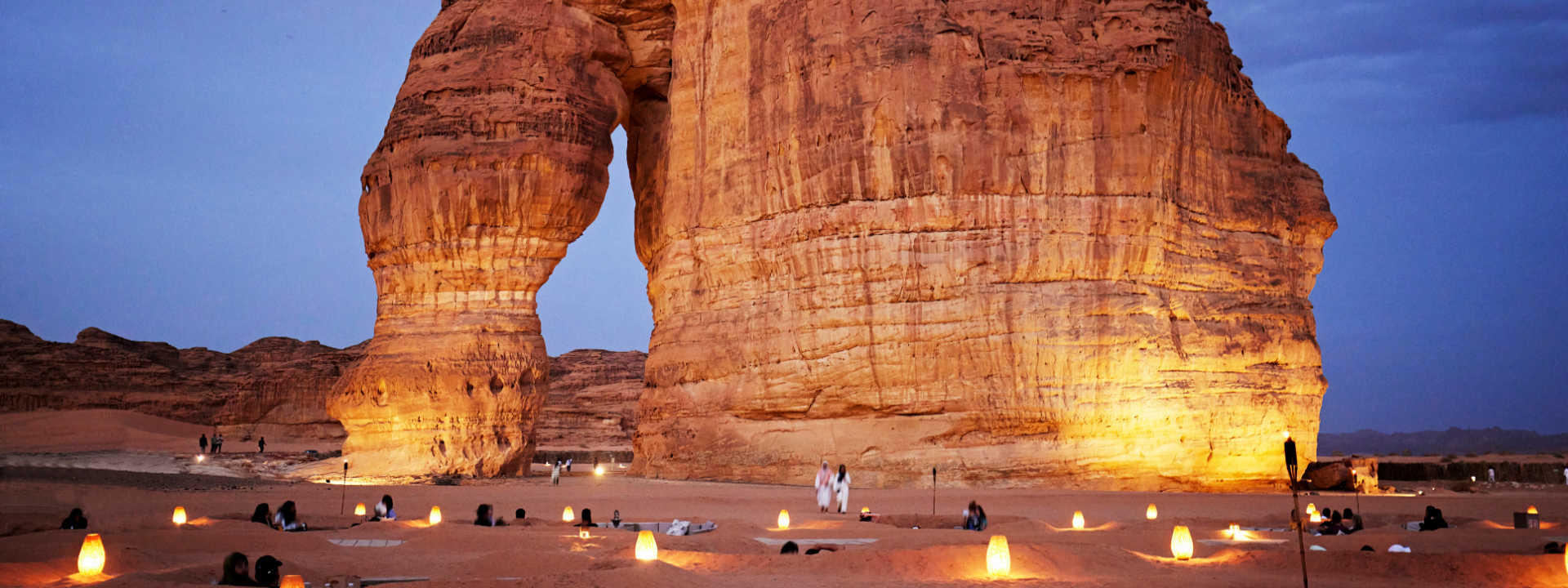
Saudi Arabia is not quite what many outsiders may expect, says our MD Jim O’Brien. Yes, it’s traditional, but it’s also a country that is rapidly evolving. The pace of change here is breathtaking, with new infrastructure, attractions and opportunities constantly emerging.
Saudi Arabia is opening up to the world, and for those who want to experience it – from the bustling streets of Riyadh to the ancient landscapes of Al Ula and the cultural melting pot of Jeddah – before it becomes a more mainstream destination, now is the time to visit.
This is a country that has been inaccessible for such a long time, so travel with the people who know it well – we’ve been taking travellers there for many years now, dating back to 2017.
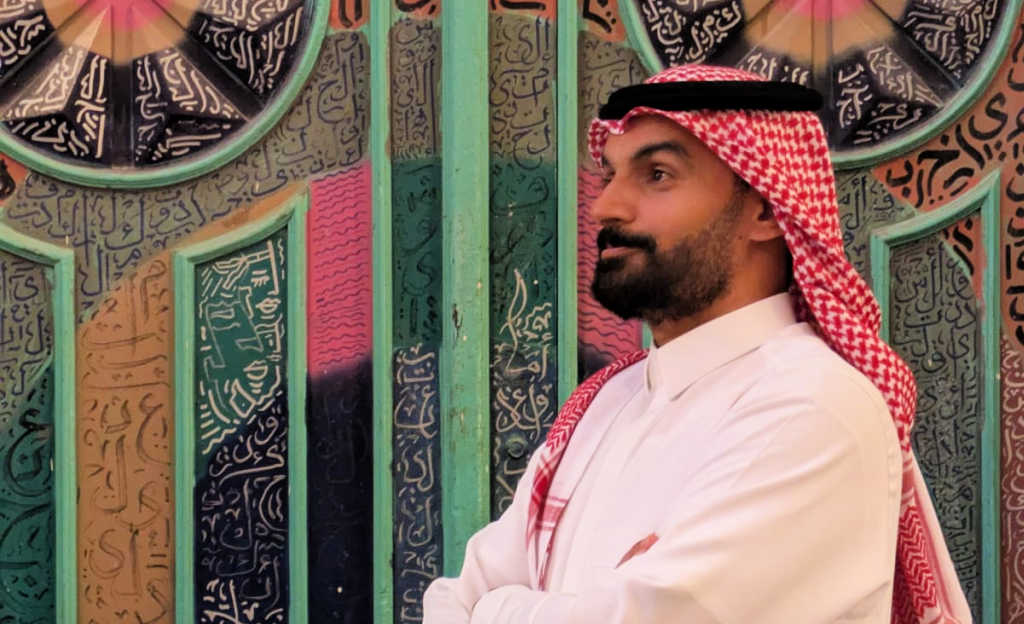
Having recently returned from our Highlights of Saudi Arabia tour, our travel consultant Karina Luz Moore has added her thoughts about this unique and dynamic nation, which blends tradition, history, and modernity in ways that leave a lasting impression on every visitor.
Riyadh: Where the past meets the present
The capital of Saudi Arabia is a city that beautifully embodies the blend of old and new. Modern skyscrapers rise alongside mud-brick towns, creating an intriguing contrast. Dira Souq is a bustling market that transports you to a long-gone era, while the rich history of Saudi Arabia is also on full display in the historic Masmak Fortress and Murray Palace.
Meanwhile, the Metro’s central station, designed by renowned architect Zaha Hadid, offers a futuristic counterpoint to the city’s ancient landmarks.
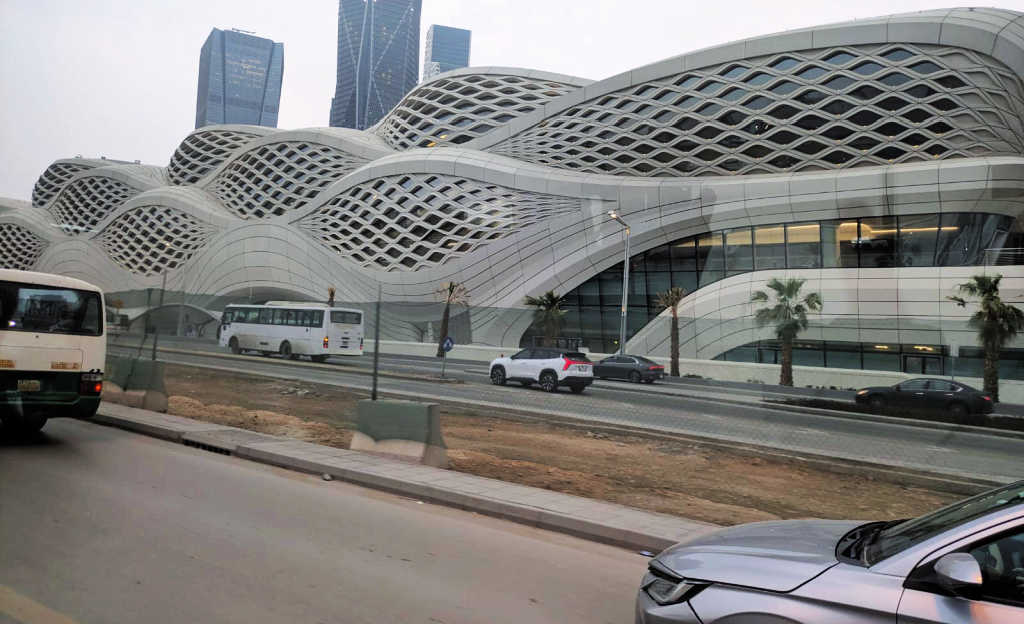
Says Karina: “Arrive a day early to explore the city’s new Metro system and visit the stunning National Museum. However, be prepared for heavy traffic, as Riyadh is a bustling metropolis in a country rich in oil, and getting around can take time.
A little outside the city, we also explored the village of Ushaiger, a perfectly preserved mud-brick village that offers a glimpse into traditional Saudi life. It was a reminder of how Saudi Arabia’s heritage is carefully maintained even in a rapidly modernising nation.”
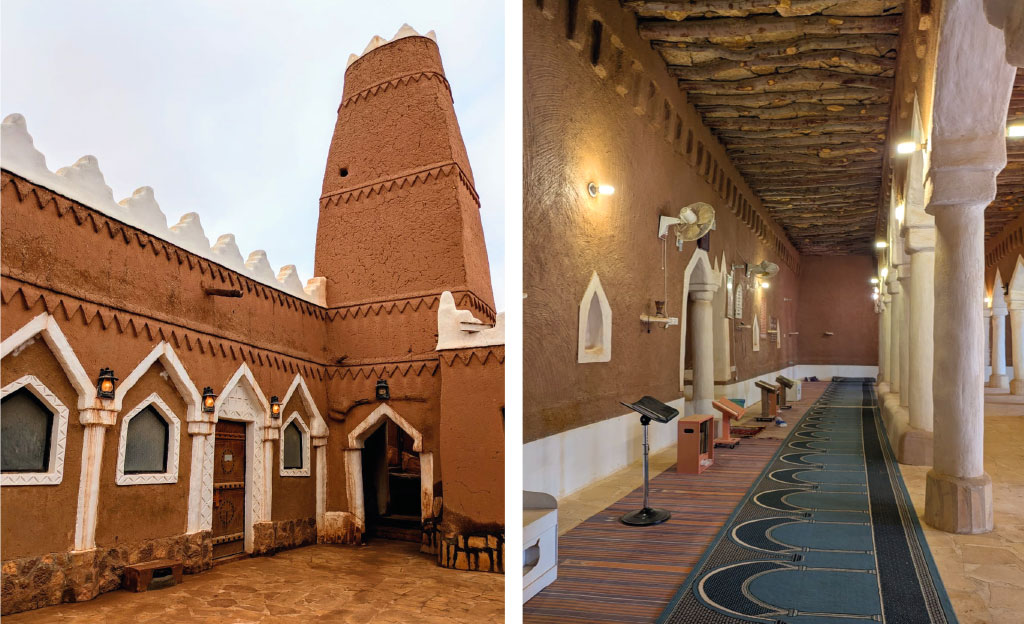
Al Ula: A geological marvel with ancient wonders
Often referred to as the gateway to Hegra, this spectacular region is home to ancient inscriptions and breathtaking rock formations that stretch back many thousands of years. Its sites are well-organised and easy to visit, but Jim stresses that tourism here is still relatively new.
Saudi Arabia only opened its doors to non-religious tourists a few years ago – so some small hiccups are to be expected. Still, the region’s historical significance and natural beauty make it a must-see.
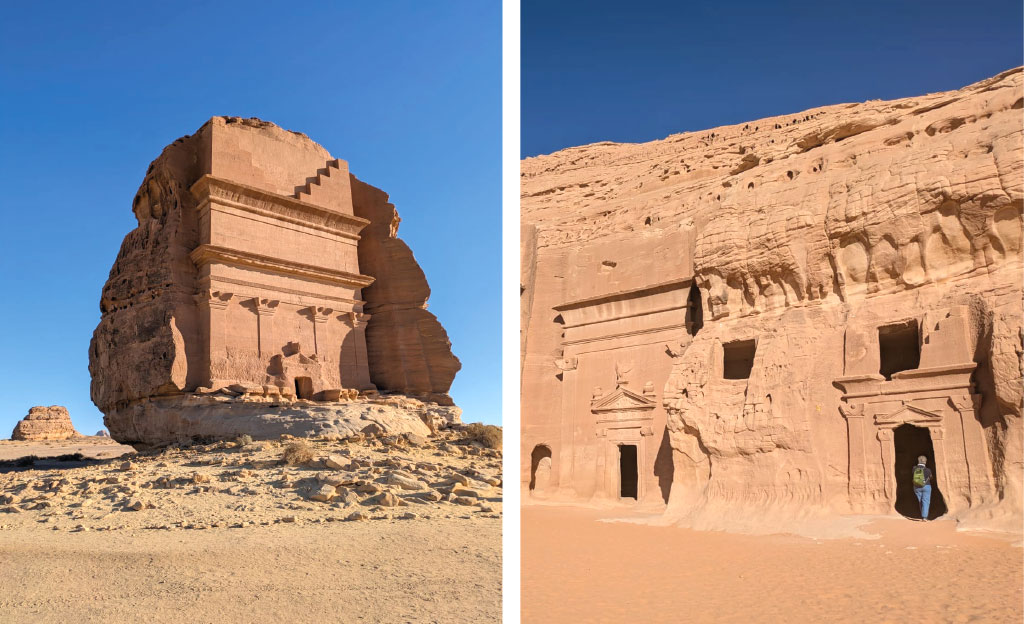
Says Karina: ‘The contrast of the ochre-coloured rocks against the bright blue sky is stunning. The natural geography here is equally remarkable, with wind and sand having carved the landscape into shapes that resemble cathedrals, elephants and mushrooms.
The highlight of Al Ula for me, was the chance to see how humans have adapted to and interacted with this awe-inspiring landscape over the centuries. The combination of ancient history and natural beauty made it an unforgettable experience.”
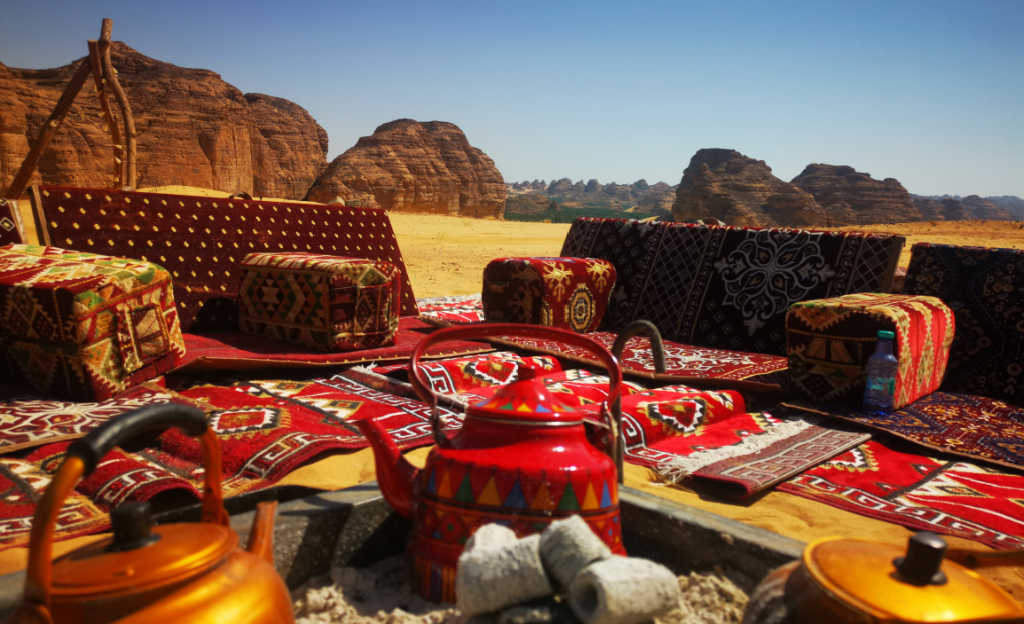
Jeddah: The Red Sea city of culture and diversity
This port city on the Red Sea played a pivotal role in the ancient trade routes connecting Africa and the Arabian Peninsula. One of its highlights is walking around the historic district, where you can explore old Ottoman houses that transport you back in time.
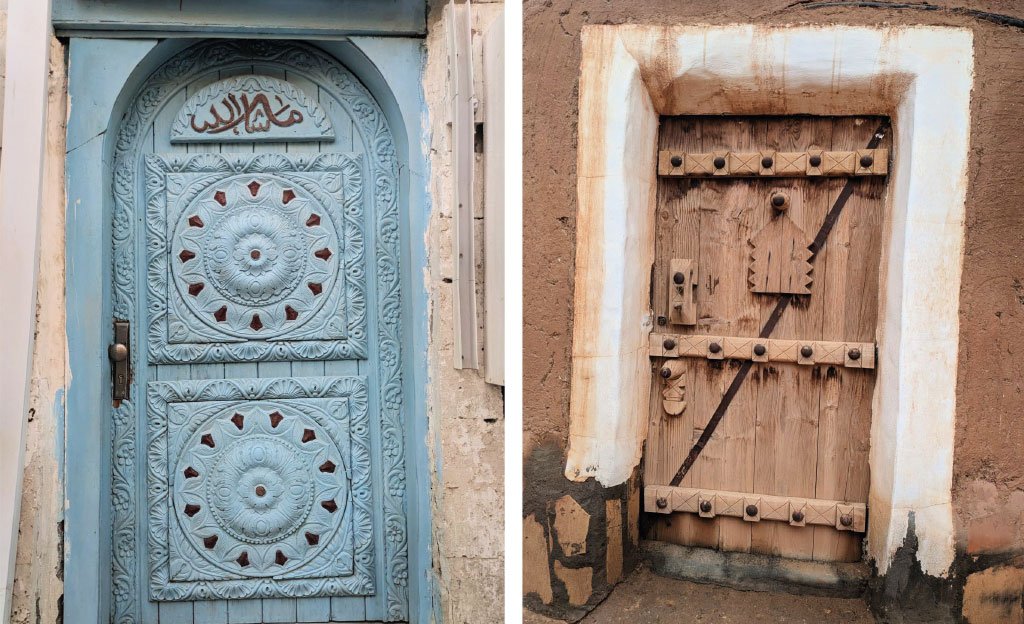
Karina was fortunate to visit during Founders Day, a national holiday when the streets come alive with celebration, and the city’s cultural vibrancy was on full display.
She says: “Jeddah’s history is rich in influences from various cultures, and you can sense this diverse heritage in the architecture, the food, and the people. Unlike Riyadh, Jeddah feels a little more relaxed and cosmopolitan, with a slightly less traditional atmosphere.”
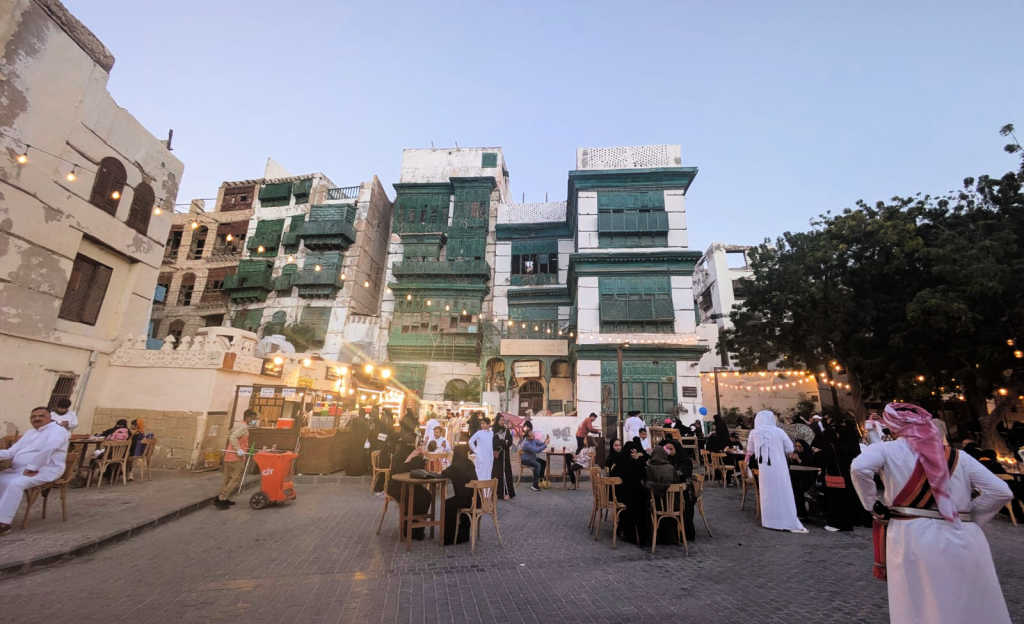
A nation of hospitality and tradition
Across all three cities – Riyadh, AlUla, and Jeddah – the warmth and generosity of the Saudi people stands out. Indeed, Saudi hospitality is legendary, with visitors often greeted with the iconic Arabic coffee and dates, a symbol of friendship and welcome.
Of course, Saudi Arabia is a country steeped in tradition, and visitors should be respectful of the local customs. While there is a growing sense of change among the youth, it’s essential to dress conservatively when visiting, especially in public places.
At 30°C or more, the way Saudis dress is quite different from the casual attire you might find in countries such as Brazil, where Karina is from. We recommend wearing loose-fitting clothes that cover the shoulders, elbows and legs to show respect for the local culture.
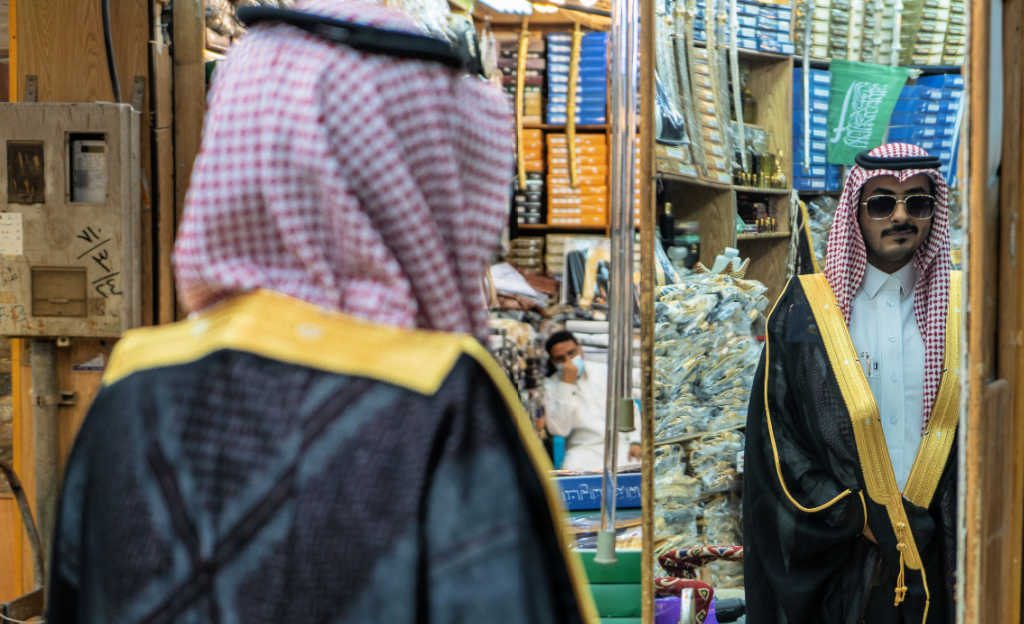
Says Karina: “I was especially touched by how random people on the street would greet me with a cheerful “Welcome to Saudi!” It’s a reminder of the deep-seated tradition of hospitality that is still very much alive in the country.”
Our Saudi Arabia tours
Our Highlights tour of Saudi Arabia is ideal for travellers who are short on time, but who want to see the main Saudi Arabia attractions including Riyadh, the ancient attractions of AlUla including Madain Salah, and Jeddah. For those looking for a longer trip, our The Forbidden Kingdom tour will show you these Saudi Arabia attractions and also take you on to the unique landscapes of Wadi Qaraqir and Bajdar Desert and the Asir Mountains.
Concludes Karina, “It was fantastic to see a country in the middle of such significant changes. Saudi Arabia is undoubtedly a destination to watch, and with its incredible contrasts, rich history, and modern ambitions, it’s a place that will leave a lasting impression on anyone who visits.”
How to see the main attractions of Saudi Arabia
For more about Saudi Arabia’s must-see sights and sites, see our feature on the Best Places to Visit in Saudi Arabia. And if this post has piqued your interest, check out the day-by-day itineraries and dates for our Saudi Arabia tours: Highlights of Saudi Arabia (8 days) and Saudi Arabia – The Forbidden Kingdom (15 days).
To discuss a trip, ring us on 01473 793903 or use our contact page. We’d love to hear from you!
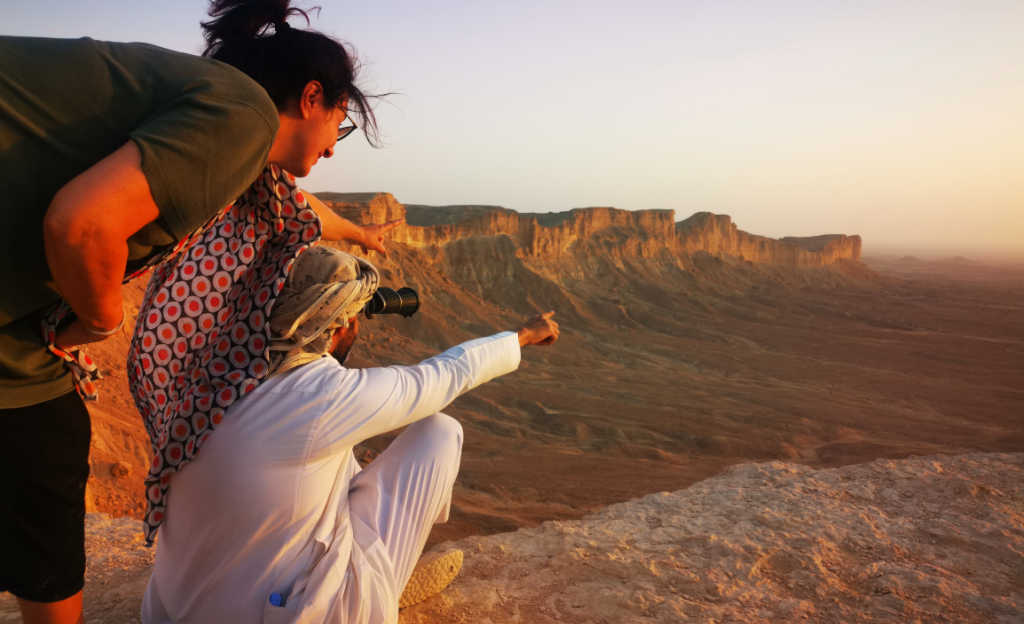
Related blogs
Best Places to Visit in Saudi Arabia
Best Middle East Tours
Visit Syria – Go now!
Central Asia Tours – Guide to the Five Stans
Visit Socotra – The Galapagos of the Indian Ocean
Seven Spellbinding Reasons You Should Visit Algeria
Recent Posts
- Why visit Romania – Highlights and Must-See Attractions
- Best Cultural Festivals in Africa for Intrepid Travellers
- Unusual Holidays in Europe – Alternative trips for adventurous travellers
- Guide to Mauritania Travel – Where, Why and How
- Saudi Arabia Attractions: Reasons to explore this country of contrasts and change


